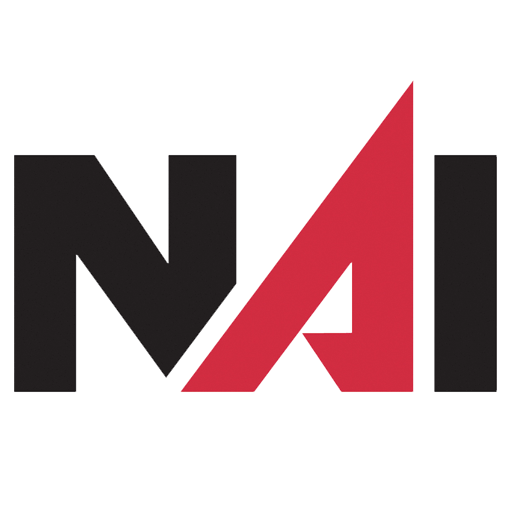Commercial real estate terminology is a language of its own. We are frequently asked about the meaning of some of the following words. Below is a simple explanation of some of the terms. For a more detailed understanding of commercial real estate terms, please reach out to a commercial real estate expert in our office.
1031 Exchange: Under section 1031 of the Internal Revenue Code, a real property owner can sell his property and then reinvest the proceeds in ownership of like-kind property and defer the capital gains taxes.
Absorption: The amount of space which becomes occupied during a time period.
Base Rent: The minimum monthly rent, usually computed on a per-square-foot-per-year basis, due under the lease.
Build-to-suit: Refers to the interior construction of a tenant’s space, usually resulting in a single occupant building, which is then leased or sold to the tenant.
BOMA: Building Owners and Managers Association is a federation of U.S local associations and global affiliates for commercial real estate professionals.
Cap Rate: The percentage rate of return estimated from the net income of a piece of property.
Capital Gains: Profits an investor makes from the sale of real estate or investments.
Cash on Cash: This is a measure of return on investment calculated by dividing the annual cash flow before taxes by the initial equity invested.
Common Area Maintenance (CAM): An additional, annual charge often assessed to tenants for maintenance of the property’s “Common area”, such as its entryways, hallways, bathrooms.
CPI (Consumer Price Index): A measure of inflation as determined by the U.S. federal government by using a “basket of goods”. Used in leases as an impartial benchmark for the calculation of escalations.
Debt Coverage Ratio: The ratio between the net income of an investment and the amount of debt service of the investment: expressed as (NOI/DS=DCR).
Depreciation: The reduction in the value of an asset with the passing of time, due in particular to wear and tear.
Environmental Report: A government-mandated evaluation of all aspects and effects a development will have on the environment of a proposed site.
Estoppel Certificate: A statement concerning the status of an agreement, (usually a lease) and the performance of obligations under the agreement. A third party, such as a lender, relies on the statement (which is usually unilaterally executed by the tenant) for such things as making a loan on property.
Gross Lease: Commonly specifies one rental amount inclusive of rent, taxes, utilities, maintenance, etc. associated with the rental of a property.
Gross Operating Income: Total cash expected to be generated from the property during the period.
Internal Rate of Return: That percentage rate earned on each dollar that remains in the investment each year.
Leasehold Improvements: Construction or improvements for the purpose of preparing the premises for the conduct of tenant’s business. Improvements permanently attach to the premises, unless they are trade fixtures, and they remain with the premises after the end of the term of the lease.
Leverage: Financing the purchase of real estate, typically through a bank loan. High leverage means the down payment is very small in proportion to the total purchase.
LTV Loan to Value: A technical measure used by lenders to assess the relationship of the loan amount to the value of the property.
Net Lease: Structured so that a base rent for a rental property is paid to landlord. In addition, other charges such as utilities and building property taxes, insurance and maintenance are also payable by tenant. Sometimes referred to as triple net (NNN) or absolute net lease.
Net Operating Income (NOI): Total revenue less operating expenses. NOI before income taxes, interest expense, and depreciation is used to calculate the Cap Rate.
Rentable Square Feet: The rentable area includes the usable area plus a prorate portion of common areas on the entire office floor, excluding vertical shafts, such as elevators, stairs, mechanical risers, etc. Rent is usually charged on rentable area.
Tenants Improvements (T.I.’s): Improvements made by the tenant to the property. A landlord may grant a tenant improvement allowance, often stated as a dollar amount per square foot.
Triple Net (NNN): Generally refers to the requirement for the lessee to pay for its share of the property’s taxes, insurance and operating expenses.
Usable Square Feet: Denotes the number of square feet in a commercial building or suite deemed to be usable by BOMA (Building Owners & Managers Association).
About NAI Vegas and NAI Excel
NAI Vegas and NAI Excel are leading providers of commercial real estate services in the West and members of NAI Global. With 375 offices and 6,000 local market professionals, NAI Global manages in excess of 1.5 billion square feet of property and facilities, and completes in excess of $20 billion in commercial real estate transactions throughout the world.

